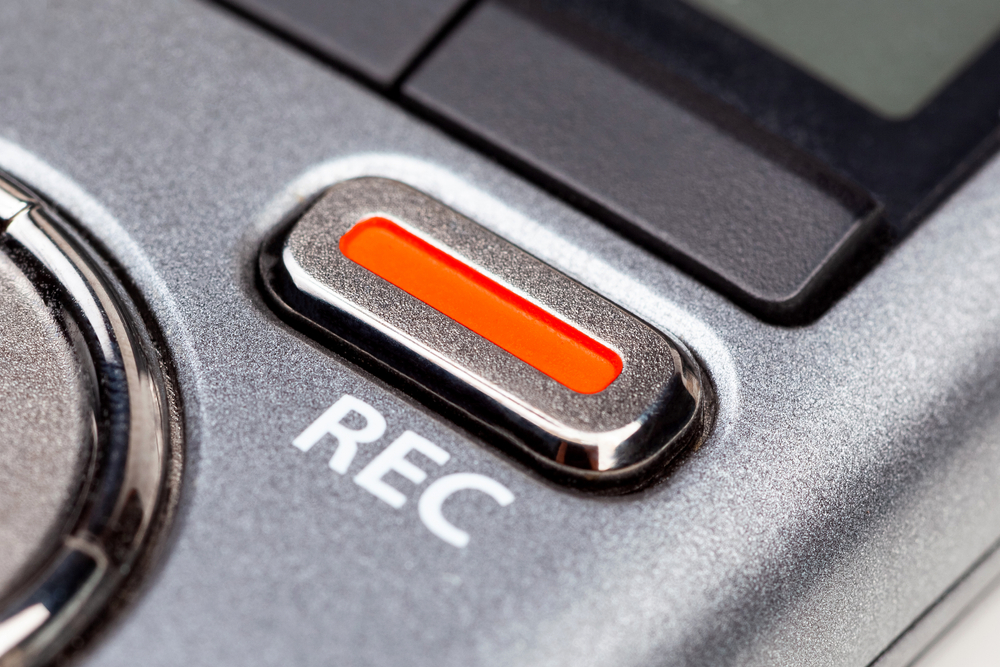
In the dynamic landscape of modern legal proceedings, audio and video recordings have become indispensable tools. These recordings provide a comprehensive and nuanced account of courtroom events, capturing not only the spoken words but also the context and demeanor of participants. This blog explores the multifaceted role of audio and video recordings in court proceedings, highlighting their advantages, challenges, and the technological advancements that enhance their utility.
The Advantages of Audio and Video Recordings
Audio and video recordings offer several benefits that traditional written transcripts cannot match. Firstly, they provide an accurate and complete record of proceedings. Unlike written transcripts, which rely on the court reporter’s ability to capture every word accurately, recordings capture every sound and visual cue in the courtroom. This ensures that nothing is missed or misinterpreted, providing a reliable basis for future reference.
Additionally, audio and video recordings capture the tone, inflection, and body language of speakers, which can be crucial for understanding the context and intent behind their words. This non-verbal communication can significantly impact the interpretation of testimony and the overall outcome of a case. For instance, a witness’s hesitation or a defendant’s demeanor can provide insights that are not evident in a written transcript.
Moreover, recordings are invaluable during appeals and reviews. Appellate courts often rely on these recordings to fully understand the nuances of the original proceedings. They offer a firsthand account of the trial, ensuring that the review process is thorough and just.
Challenges and Limitations
Despite their advantages, audio and video recordings do come with some challenges. One significant issue is the potential for technical difficulties. Poor audio quality, equipment malfunctions, and inadequate video angles can compromise the usefulness of recordings. Ensuring high-quality recordings requires sophisticated equipment and skilled operators, which can be costly and logistically challenging.
Another challenge is the storage and management of these recordings. Audio and video files are typically large and require secure and efficient storage solutions. Managing these files, ensuring their integrity, and providing easy access for authorized personnel can be complex and resource-intensive.
Furthermore, there are concerns about privacy and confidentiality. Courtroom proceedings often involve sensitive information, and ensuring that these recordings are protected from unauthorized access is crucial. Legal and ethical considerations must be addressed to balance transparency and privacy.
Technological Advancements Enhancing Recordings
Technological advancements have significantly improved the quality and accessibility of audio and video recordings in court proceedings. Modern recording equipment offers high-definition video and superior audio clarity, ensuring that every detail is captured accurately. These advancements have made recordings more reliable and valuable as legal tools.
Digital storage solutions have also evolved, providing secure and efficient ways to store and manage large volumes of data. Cloud storage, for instance, offers scalable solutions that ensure recordings are safely stored and easily accessible. These solutions often come with robust security features, addressing concerns about privacy and unauthorized access.
Additionally, advancements in transcription technology, such as speech-to-text software, have enhanced the utility of recordings. These tools can generate transcripts from recordings quickly and accurately, providing a written record that complements the audio and video files. This integration of technologies ensures that legal professionals have all the tools they need to analyze and use recordings effectively.
Best Practices for Using Recordings in Court
It is essential to follow best practices to maximize the benefits of audio and video recordings in court proceedings. Firstly, investing in high-quality recording equipment is crucial. Ensuring that the equipment is well-maintained and operated by trained professionals can prevent technical issues and ensure the reliability of recordings.
Establishing clear protocols for recording, storing, and accessing files is also important. These protocols should address issues of confidentiality, data integrity, and accessibility, ensuring that recordings are secure yet readily available to authorized personnel. Regular audits and reviews of these protocols help maintain high standards and address any emerging issues.
Legal professionals should also be trained in the effective use of recordings. This includes understanding how to analyze and interpret non-verbal cues, integrate recordings with other evidence, and present recordings effectively in court. Continuous training and professional development can ensure that legal professionals are equipped to leverage the full potential of audio and video recordings.
Conclusion
Audio and video recordings play a vital role in modern court proceedings, offering a comprehensive and nuanced account of courtroom events. Despite the challenges, technological advancements and best practices have made these recordings invaluable tools for ensuring justice. By investing in high-quality equipment, establishing robust protocols, and training legal professionals, the legal system can harness the full potential of audio and video recordings.
If you are seeking reliable and professional court recording services, Renzi Legal Resources is here to assist. Our team of experts is equipped with the latest technology to provide high-quality audio and video recordings for all your legal needs. Contact us today to learn more about our services and how we can help you capture accurate and comprehensive records of your court proceedings. Let us help you ensure that every detail is preserved and accessible, upholding the integrity of your legal work.
